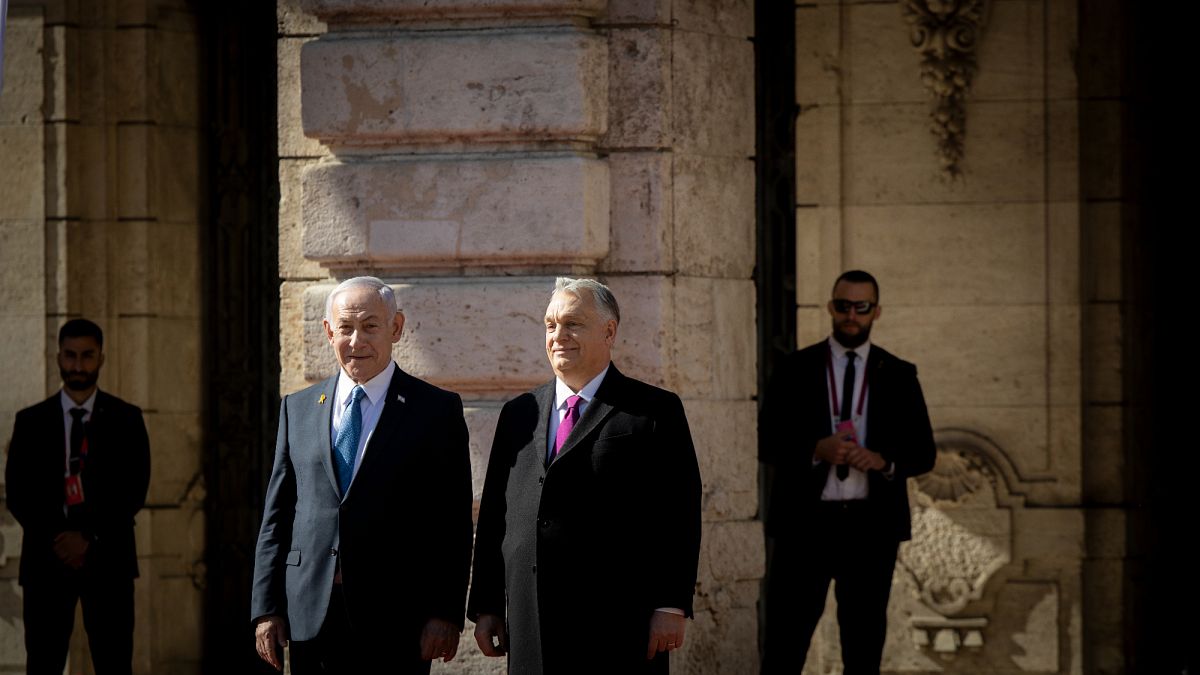140 ministers and a dozen heads of state are expected to participate in the second week of the conference.
The United Nations COP16 biodiversity summit is entering its final week in the Colombian city of Cali, where international negotiations are underway to clarify the implementation of the Global Biodiversity Framework (GBF), adopted by nearly 200 countries at the end of 2022.
The conference is pivotal in shaping global biodiversity policies, focusing on the urgent need for action against environmental degradation.
The GBF includes 23 targets, including the famous ‘30 by 30’ target in which more than 100 countries committed to protecting 30% of the planet’s lands and oceans by 2030.
The UNEP report found countries have made some headway on pledges, but that expansion of the global network must accelerate over the next six years to meet the goal.
The report says 17.6% of land and inland waters and 8.4% of the ocean and coastal areas globally are within documented protected and conserved areas.
“The increase in coverage since 2020, equivalent to more than twice the size of Colombia, is to be celebrated,” UNEP said in a news release. “But it is a rise of less than 0.5 percentage points in both realms.”
Progress remains slow
The summit in Cali is being attended by representatives of indigenous communities from all over America, who are calling on countries to honour these commitments they made two years ago.
“Our governments are not making quick decisions; they are slow to implement changes. They are focused on enforcing laws and standardising policies but are not taking action to reverse harmful activities or work toward restoring and conserving biodiversity,” says Teddy Sinacay Tomas, President of CECONSEC, an organisation which defends the territorial and civil rights of indigenous communities in the region.
Sandra Valenzuela, CEO of WWF Colombia, also highlighted the need for accelerated action. "So far, we have 17% globally in terrestrial areas and only 8% in marine and coastal regions," she said.
Valenzuela also stressed that national action plans must not only enhance protection but also promote restoration efforts to achieve these targets effectively.
Meanwhile, the European Union has positioned itself as a leader in the fight for biodiversity.
“We had Natura 2000 which is a vast network of connected protected sites. Because of that and the nature restoration law, we are quite confident that the 2030 goal for the land, we will relatively soon reach,” says Florika Fink-Hooijer, Director-General of the Environment Department at the European Commission.
Fink-Hooijer did, however, acknowledge the complexities surrounding water protection and the need for a comprehensive water resilience strategy.
In addition to environmental policies, major financial discussions are underway.
According to the United Nations, there is an urgent need to triple green investments to meet the ambitious targets set for 2030.

 5 months ago
41
5 months ago
41






 We deliver critical software at unparalleled value and speed to help your business thrive
We deliver critical software at unparalleled value and speed to help your business thrive






 English (US) ·
English (US) ·